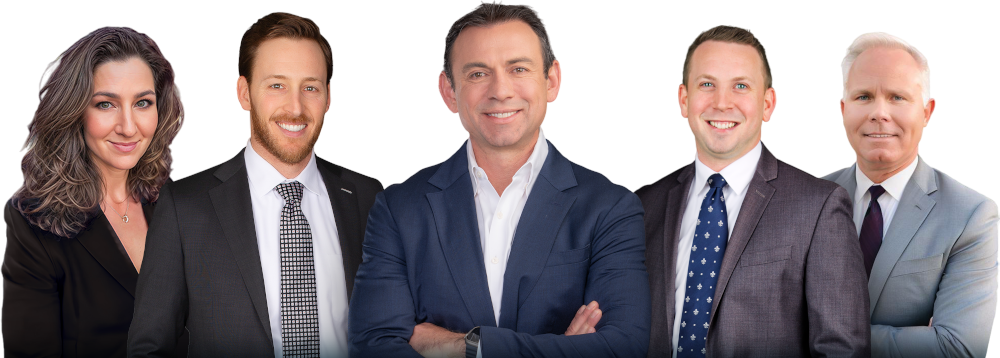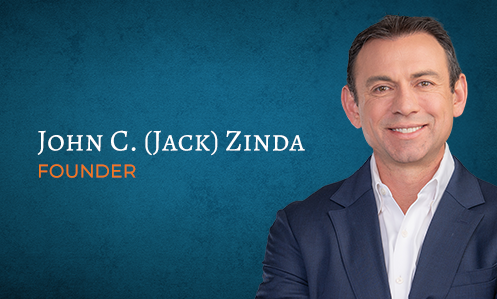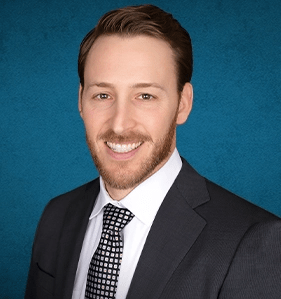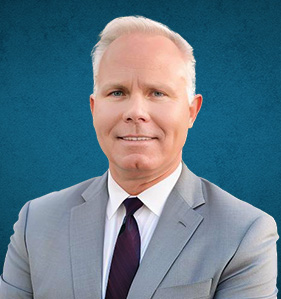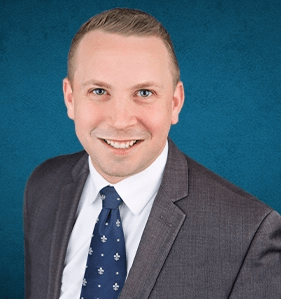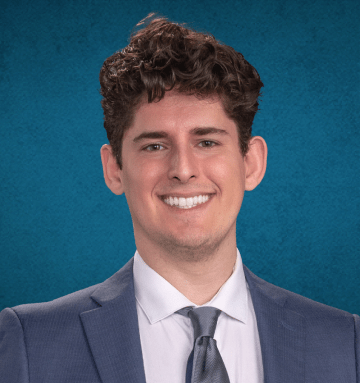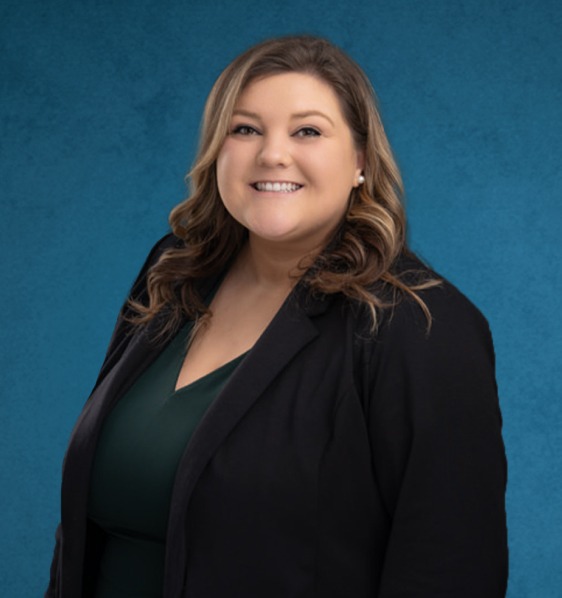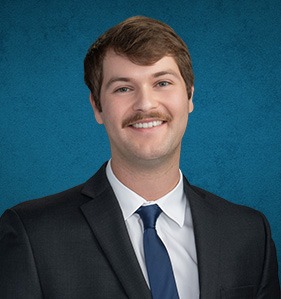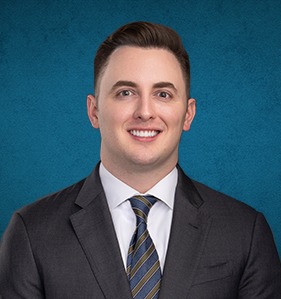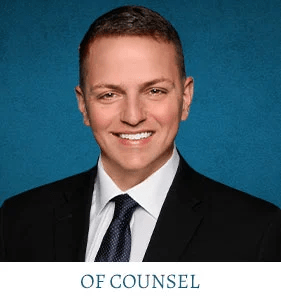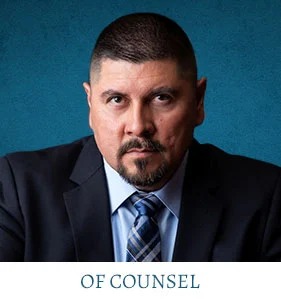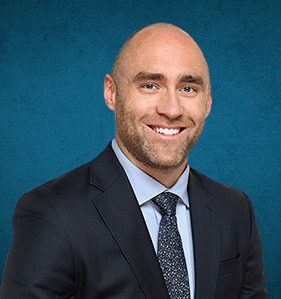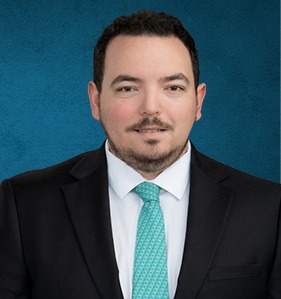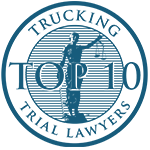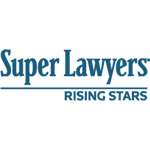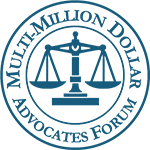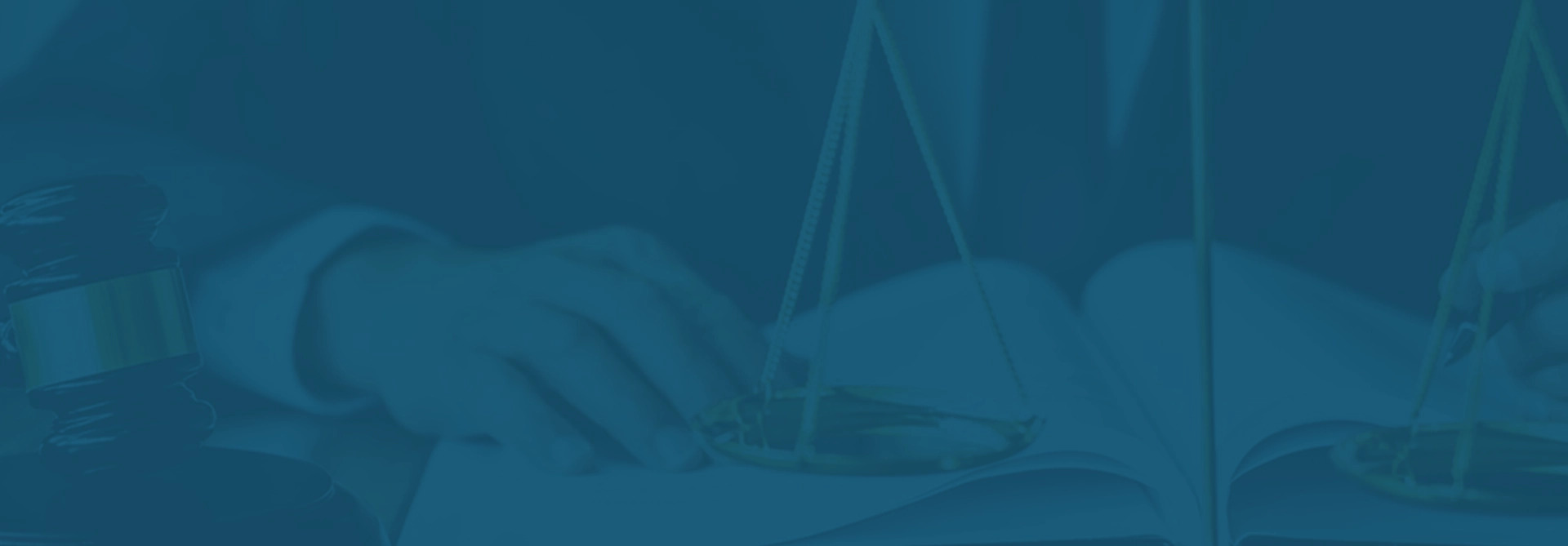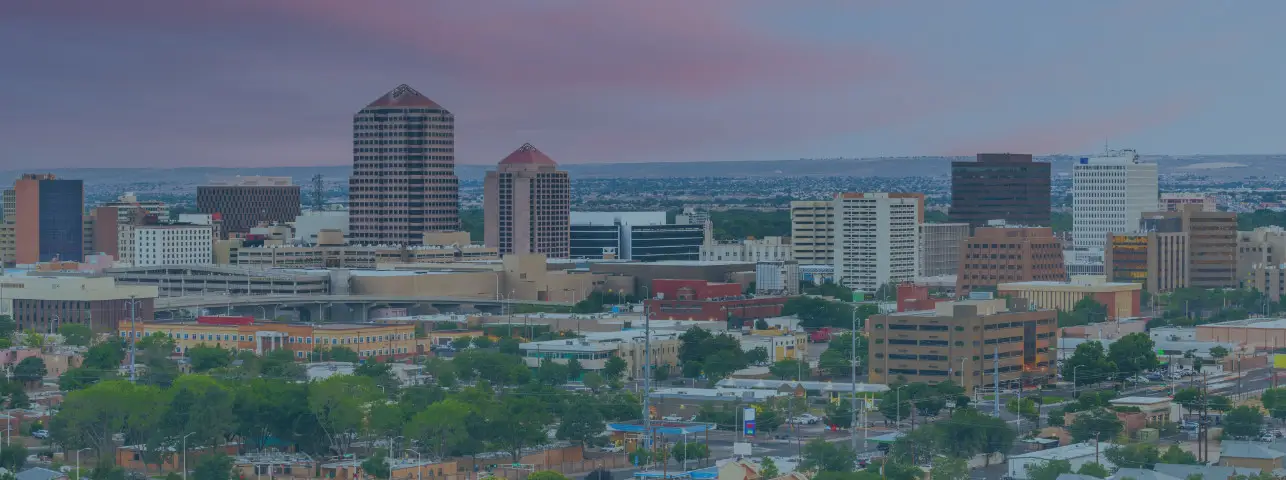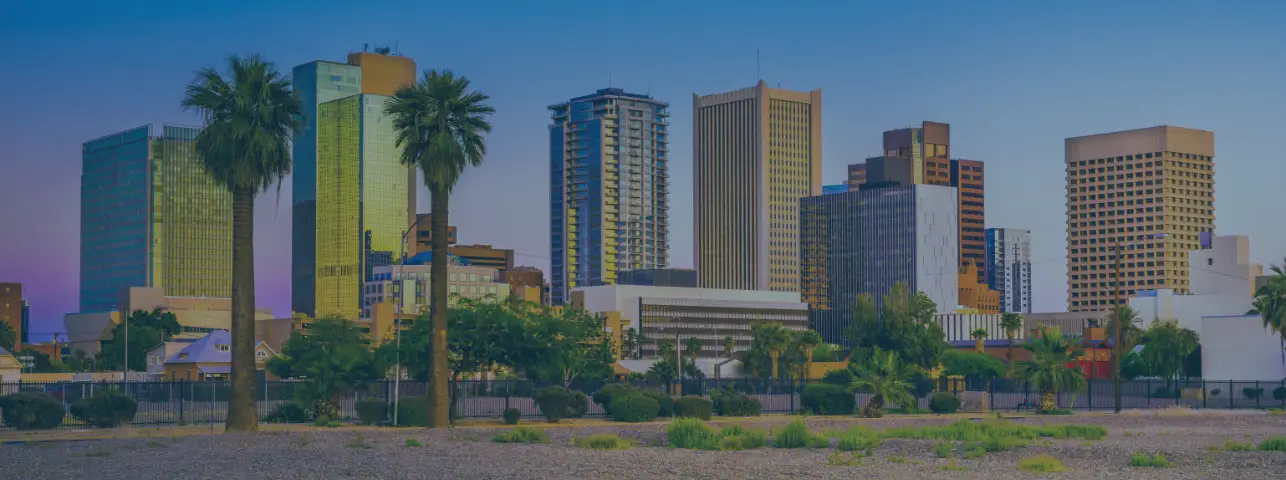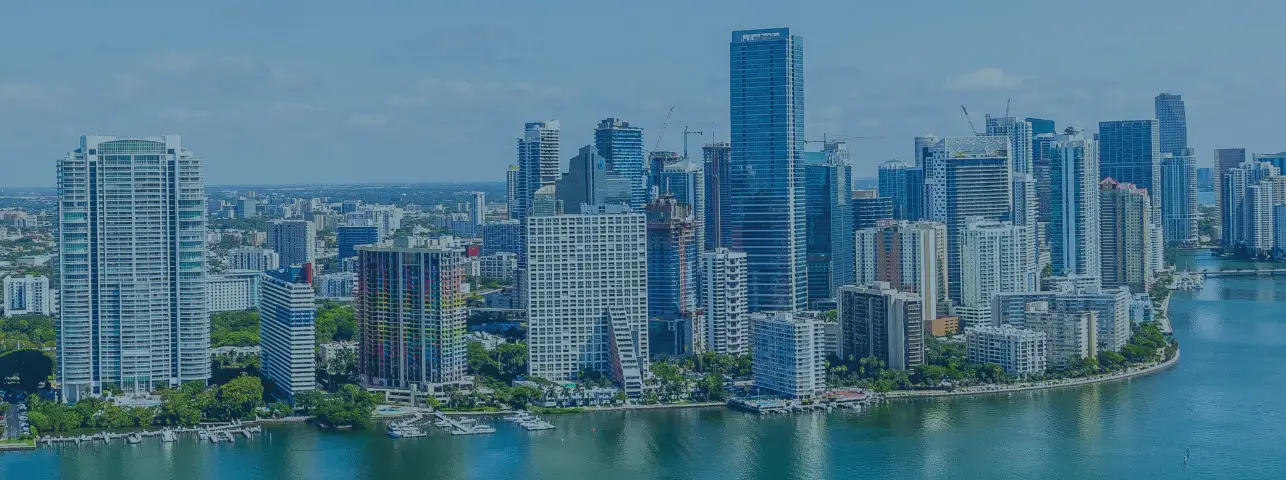Written By: Attorney Michael Cupero
CALL (800) 863-5312 TO SPEAK TO A ROOFING ACCIDENT ATTORNEY FOR FREE
Workplace injury cases involving roofing accidents can be difficult cases to evaluate. If a fall from a roof occurred on the job, the injured worker may have legal rights and options to help cover medical expenses and even lost wages. Zinda Law Group attorneys are experienced in evaluating and handling workplace injury cases, including falls from roofs. The following scenarios are similar to cases that Zinda Law Group attorneys have handled in the past.
Whether or not a worker who has suffered a roofing injury has a viable personal injury case depends on a variety of factors. In every case, determining who caused the injury and how the injury occurred are among the most fundamental and important pieces of information to obtain.
If you or a loved one was injured in a roofing accident, call the workplace injury attorneys at Zinda Law Group today at (800) 863-5312 for a free consultation.
WHO CAUSED THE INJURY?
The integral question here is: Did the incident occur based on the actions of someone working for your own company? Or, did the incident occur because of someone else? Though at first glance, the questions appear to be similar, there are stark legal contrasts based upon the answer. Let’s use the following examples to demonstrate the point.
Scenario #1: Employee A is repairing a chimney on a roof. The roof is owned by a family in town. The roof is in good condition. Employee A is operating in the scope of employment for his own company. There are no other employees at the workplace. Employee A’s company did not provide safety equipment to Employee A. Employee A loses his balance and falls from the roof. Employee A suffers catastrophic injuries.
In this scenario, a legal argument could be made that Employee A’s company caused Employee A’s injuries.
Scenario #2: Employee B is repairing a chimney on a roof. The roof is owned by a commercial business in town. Over time, the wooden beams supporting the roof have rotted, making the roof weak. The commercial business owner is aware that the roof has weakened. Employee B is operating in the scope of employment for his own company. There are no other employees at the workplace. Employee B’s company did not provide safety equipment to Employee B. Employee B unknowingly steps on a weak part of the roof. Employee B falls through the roof. Employee B suffers catastrophic injuries.
In this scenario, a legal argument could be made that Employee B’s company caused Employee B’s injuries because the company failed to provide the proper safety equipment. An argument could also be made that the Commercial Business Owner caused Employee B’s injuries because he or she knew or should have known of a dangerous condition on the premises but failed to remedy the condition or warn Employee B.
Scenario #3: Employee C is repairing a chimney on top of a roof. The roof is owned by a commercial business in town. Over time, the wooden beams supporting the roof have rotted, making the roof weak. Employee C is operating in the course and scope of employment for his own company. Employee C’s company did not provide the requisite safety equipment according to OSHA standards. While Employee C is on the roof, employees from a different company (“Roof Repair Company”) are attempting to repair the weakened wooden beams. During their work, employees for Roof Repair Company cause the roof to collapse while Employee C is on it. Employee C suffers catastrophic injuries.
In this scenario, a legal argument could be made that Employee C’s company and the Roof Repair Company caused Employee C’s injuries.
ARE YOU BARRED FROM SUING THE AT-FAULT PARTY?
The primary reason for determining who caused the roofing injury is to determine whether or not the claim is actionable.
In most states, if an employer provides workers’ compensation, an injured employee cannot bring a personal injury lawsuit against his or her own employer. In other words, a workers’ compensation claim is the exclusive remedy for the workplace injury when they are hurt in the course and scope of their own employment, even if their employer is the at-fault party.
Scenario #1: Employee A’s company was at fault. If the company provides workers’ compensation, then Employee A may not bring a lawsuit against the company. If the company does not provide workers’ compensation, then Employee A may bring a lawsuit.
However, if the at-fault party was not the employee’s direct employer, then the employee may have a cause of action to seek damages against the at-fault party.
Scenarios #2 and #3: The Commercial Roof Owner and the Roof Repair Business were at fault. Those entities may provide workers’ compensation for their own employees, but it likely will not cover the injuries of Employees B and C. As such, Employees B and C could bring lawsuits.
WHAT DID THE AT-FAULT PARTY DO WRONG?
In each of the scenarios described above, a different entity may have committed a negligent act by failing to adhere to a standard of care. The following are just a few of the governing principles to consider when bringing a claim:
- Occupational Safety & Health Administration (“OSHA”) Regulations and Guidelines;
- Premises liability common law (or codified law in certain states); and
- Industry standards regarding fall protection and fall risks.
Under OSHA guidelines, employers must set up the workplace to prevent employees from falling off of overhead platforms, elevated workstations, or into holes in the floor and walls. For roofs in particular, OSHA standards require that an employer erect a “warning line” around all sides of the roof work area to help protect workers from a roofing accident.
Scenario #1: A legal argument could be made that Employee A’s company caused Employee A’s roofing injuries because the employer failed to provide the proper safety equipment. This failure may also violate industry standards.
Scenario #2: A legal argument could be made that Employee B’s company caused Employee B’s injuries because the company failed to provide the proper safety equipment. This failure may also violate industry standards.
Scenario #3: A legal argument could be made that Employee C’s company and the Roof Repair Company caused Employee C’s injuries because both companies failed to provide the proper safety equipment. This failure may also violate industry standards.
Under general premises liability principles, a landowner that knows or should reasonably know of a dangerous condition on the property should either (1) remedy the dangerous condition, and/or (2) warn the worker at risk of injury.
Scenario #2: A legal argument could be made that the Commercial Business Owner caused Employee B’s roofing injury because he or she knew or should have known of a dangerous condition on the premises but failed to remedy the condition or warn Employee B.
CONSULT A ZINDA LAW GROUP ATTORNEY
Whether to proceed with a personal injury claim can be a difficult decision. Personal injury claims that stem from workplace injuries can be difficult cases. They can also be expensive. If you have been injured in a roofing accident, the attorneys at Zinda Law Group may be able to help. Call us today at (800) 863-5312 for a free consultation. We may guide you in an evaluation of your case based on the preliminary facts. You don’t owe us anything unless we recover money for you. That’s our No Win, No Fee Guarantee.
Meetings with attorneys by appointment only.



